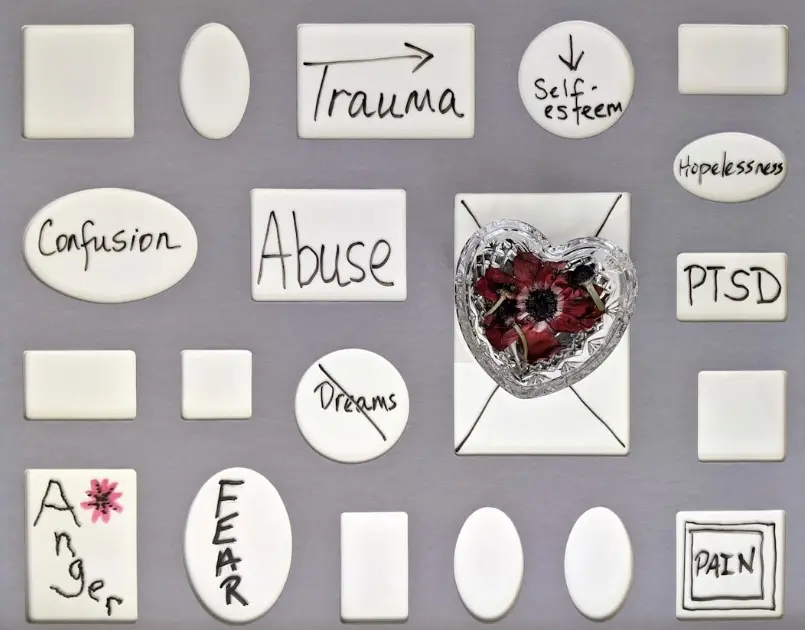The journey to healing from traumatic experiences is a deeply personal one, often requiring a multifaceted approach to address the unique needs of each individual. Trauma impacts mental health in profound ways, altering one’s sense of safety, emotional well-being, and view of the world around them. The good news is that with appropriate treatment, healing is possible, and trauma survivors can reclaim their lives. Below, we explore how trauma therapy Hawaii can offer a path toward recovery and the various strategies available to help individuals cope with their experiences.
Exploring Different Types of Trauma Therapy Strategies
Diverse trauma therapy strategies exist to meet the varied needs of those seeking help. Cognitive behavioral therapy (CBT) remains a cornerstone in trauma treatment, helping to modify negative thought patterns and behaviors. Meanwhile, psychodynamic therapy delves into how past experiences shape current behaviors and feelings, offering deep insights into recovery.
Another impactful approach is Eye Movement Desensitization and Reprocessing (EMDR), which is designed to help individuals reprocess traumatic memories less traumatically. There’s also narrative therapy, which allows survivors to recount their trauma in a safe environment, effectively reframing their stories with a sense of agency and strength.
Exposure therapy is another option, which gently and systematically exposes individuals to aspects of their trauma in controlled conditions, thus reducing their fear and anxiety responses over time. Somatic experiencing focuses on the physiological responses to trauma, helping individuals develop body awareness and release pent-up tension or fight-or-flight energy.
The Role of CBT in Trauma Recovery
CBT plays a pivotal role in trauma recovery. By focusing on the interconnection between thoughts, feelings, and behaviors, CBT empowers individuals to challenge and alter detrimental patterns that have developed as a result of their trauma. This approach fosters a regained sense of control and self-efficacy.
During CBT sessions, individuals learn to discern and evaluate thoughts that may be irrational or harmful—common occurrences in those who have experienced trauma. Through skill-building exercises, clients are taught how to replace these thoughts with more balanced and constructive alternatives, thereby influencing their emotional responses.
CBT also includes exposure therapy components, by encouraging individuals to gradually confront trauma-related stimuli. These controlled encounters help to reduce the panic and avoidance that often accompany traumatic memories, lessening their power over the individual’s daily life.
How EMDR Facilitates Healing for Trauma Survivors
EMDR has garnered widespread acclaim for its effectiveness in treating PTSD and other trauma-related disorders. This therapeutic modality is rooted in the principle that disturbing memories have a pathological effect when improperly processed by the brain, resulting in intense psychological distress.
EMDR therapy involves the guided recall of traumatic memories while simultaneously focusing on an external stimulus, usually the therapist’s finger movements or tapping. This bilateral sensory input is thought to facilitate the reprocessing of the traumatic memory, enabling it to be integrated into the person’s life experience without the same level of emotional intensity.
Throughout EMDR sessions, individuals often find that their traumatic memories lose their initial power to shock and disturb. By changing the emotional response associated with these memories, EMDR helps clients move through the healing process with less re-traumatization than traditional talk therapy might incur.
The Importance of a Supportive Environment in Trauma Therapy
A key element in successful trauma recovery is the provision of a supportive environment during therapy. Creating a space where individuals feel safe, respected, and understood is paramount to their ability to open up and engage in the healing process. This includes physical safety as well as emotional and psychological support.
Therapy should be a collaborative effort, with the trauma survivor feeling empowered and involved in their treatment plan. A supportive therapist not only listens and validates the client’s feelings but also encourages their autonomy and reinforces their strengths. Such a relationship can restore trust, an element often eroded by traumatic experiences.
Altogether, the quest to navigate the aftermath of trauma requires a therapeutic approach that is as complex and multifaceted as the individuals seeking help. The various trauma therapy strategies, including EMDR and CBT, provide a framework for professionals to assist their clients in processing traumatic experiences and reclaiming a sense of personal power and well-being. Ultimately, a supportive therapeutic relationship and environment are critical to fostering resilience and embarking on a path toward healing.
Also Read-How to Use Magnesium Citrate for Muscle Relaxation and Overall Wellness







